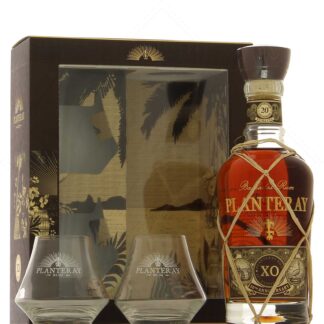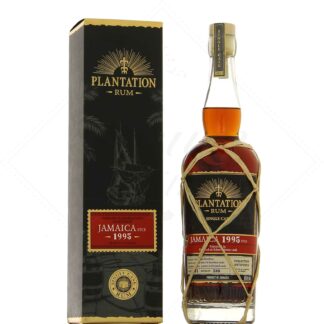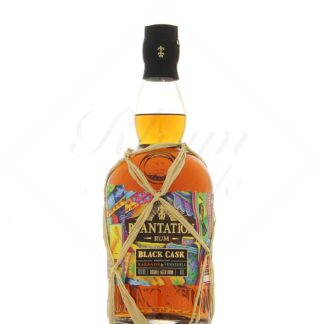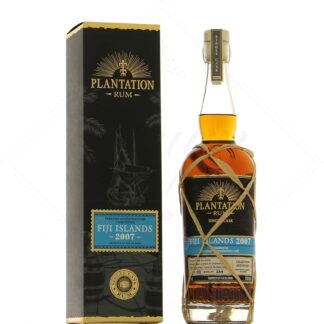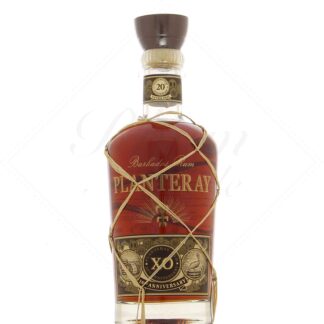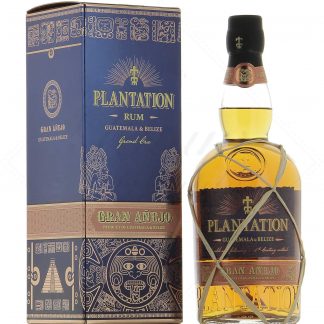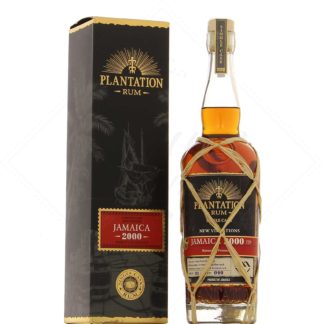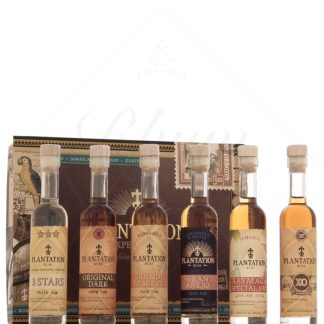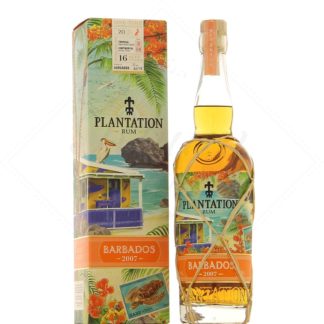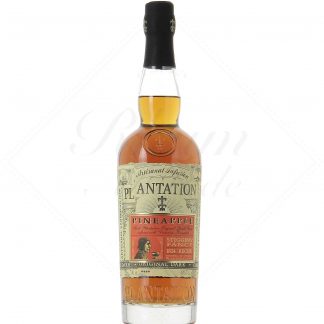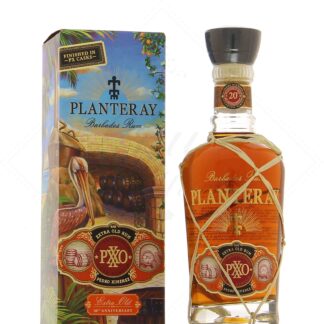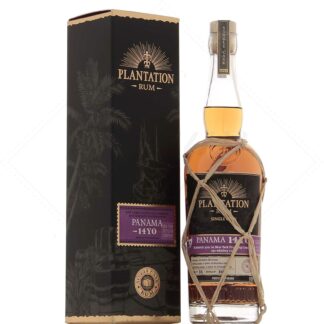Plantation Rum

The history of Plantation rum
The origins of Plantation Rum lie with Pierre Ferrand, an old and respectable Cognac house located in the La Grande Champagne production area. WhenAlexandre Gabriel, a young Burgundian business school graduate, met the family running the estate, it was primarily to help them revitalize their business. In 1989, Cognacs Pierre Ferrand became " Maison Ferrand ", and Mr Gabriel put his heart and soul into the project, becoming the owner a few years later.
After launching an internationally successful Gin in 1995, he set off for the Caribbean and South America to sell used Cognac casks to rum producers. The task was a daunting one, as the market was largely dominated by the much cheaper ex-Bourbon barrels traditionally used. But a few contacts were made, and above all Alexandre discovered a varied and exciting spirit.
Rum comes in an almost infinite variety of terroirs, fermentation and distillation techniques, all of which the Charentais artisan never misses a beat. But there's one thing he feels is lacking, and that's the ageing stage. For if there's one art in which the Cognac region excels, it's that of ageing eaux-de-vie. So Alexandre Gabriel swapped a few used Cognac casks for casks filled with rum, with which he would return to France. Thus began the first experiments, and a first idea of what would become Plantation Rum.
After repeating the Caribbean experience many times, selecting new casks and even jointly distilling what would later become part of an exclusive selection, Alexandre was ready and the Plantation Rum concept was clarified: it was possible to bring together the best of both worlds, namely marked tropical aging and finer, controlled continental maturation. This double maturation becomes the trademark of Plantation Rum, with two types of oak (the rum is aged in American oak barrels in a tropical climate, then transferred to French oak barrels once it arrives in Cognac).
It's fair to say that he was well inspired, given the rum boom that took place 20 years after his first attempts. A few dozen different bottlings later, Maison Ferrand indirectly became a rum producer by buying out Barbados' WIRD(West Indies Rum Company) and becoming a one-third shareholder in NRJ (National Rums of Jamaica), itself the owner of the Long Pond and Clarendon distilleries.
Plantation rums
In addition to the principle of double maturation, the rums in the Plantation Rum range are designed to be accessible to as many connoisseurs as possible, while satisfying the more purist with more specialized bottlings.
Both cognac and rum production methods are used to develop a wide range of products.
In Cognac, we have mastered the art of reduction, which consists in lowering the alcohol content of a spirit. This reduction is carried out very slowly, using water that has spent some time in casks, so as not to break the product. We also use dosage, a term used to refer to the addition of a certain amount of sugar to act as a flavor enhancer or to smooth out certain profiles. Here, dosing is carried out using a rum-based liqueur that has been aged in oak barrels.
Aging is an active process, sometimes moving a barrel from a dry to a damp cellar, or vice versa. We may also redouble a barrel, replacing one or more staves (the "planks") to restore tannins or apply a special toast.
We borrow from the world of rum its freedom in blending methods, using rums from different regions and distilleries, each with a complementary aromatic profile. For example, studies have been carried out on grand arôme or high ester rums to make the best use of these rum concentrates, which boost blends. Where in Cognac we blend eaux-de-vie from different parcels, more or less old, more or less woody, but relatively similar; in rum, blending a Jamaican and a Cuban is tantamount to mixing fundamentally different eaux-de-vie.
On average, rum casks are aged for 5 to 10 years in their distillery of origin. They arrive only 65% full, due to the high proportion of angels in the tropics. They then spend at least 3 years in Plantation Rum's cellars. We sometimes go beyond double maturation by transferring these rums to a third type of cask that has contained, for example, Port, Sherry, or, more singularly, Icewine or Banyuls.
For a gentle introduction to Plantation rums, discover the Barbados Grande Réservea "young" 5-year old rum, very smooth and gourmet, or the pretty decanter of the Plantation XO 20th Anniversarymore refined and complex.
Plantation Rum's reputation has been built on vintages of unique origins, allowing you to discover the style of a particular country or distillery. Examples include Jamaica 2002 and Guyana 2005.
Vintages with black labels are a little more special: they are Single Casks and/or special finishes. This Belize rum distilled in 2004, for example, is a Single Cask that benefited from a final maturation in ex-Porto casks. As for Jamaica 1998, it spent several months in Marsala ex-cask.
Plantation Rum is also for many a classic of the mixology world. This OFTDdeveloped in collaboration with leading bartenders, is an explosive ingredient for cocktails, while the pineapple-infused rum Plantation Pineapple pineapple-infused rum gives free rein to all your creations.
Finally, for the most demanding, the Extreme series is the flagship of the brand, with uncompromising rums that are 100% faithful to their original style, thanks in particular to their brut de fût bottling (without reduction or retouching, straight from the barrel). Fiji 2001 was one of these vintages, produced in extremely limited series, and therefore very popular. Read less

